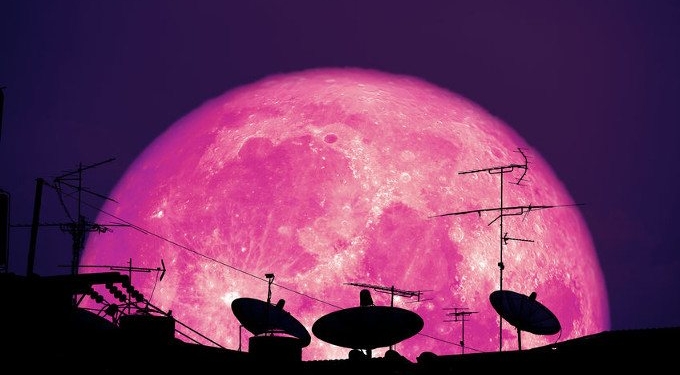
By
Whether it’s rare conjunctions, supermoons, or the dazzling ring of fire solar eclipse earlier this month, 2021 has been a year absolutely filled with brilliant lunar events.
However, this month will see the year’s last supermoon– with a full “strawberry moon” gracing our night skies in the latter half of this week.
A “supermoon” takes place when a new or full moon is at its closest approach to Earth in its orbit. As a result, the moon will appear to be significantly larger and brighter than the usual full moon taking place throughout the year. Researchers remain split on whether the upcoming June moon is, indeed, a supermoon.
Much of this has to do with the different criteria used by various publications over which full moons actually qualify as supermoons, according to NASA.
“For 2021, some publications consider the four full Moons from March to June, some the three full Moons from April to June, and some only the two full Moons in April and May as supermoons,” said the space agency’s Gordon Johnston.
And while the expectation of a dazzling red- or pink-hued moon would make sense given the June moon’s title as a “strawberry moon,” the moon will be its typical golden hue.
PASS IT ON: The next full Moon arrives on Thursday night, June 24th! During the month of June, this Moon is known as the Full Strawberry Moon. Photo courtesy of Sandy Bartlett. #Moon #Space pic.twitter.com/Ks6TKF2GLu
— Mark Tarello (@mark_tarello) June 18, 2021
The strawberry moon name instead reflects the time of year when Native American peoples harvested the fruit in parts of North America, notes the Farmer’s Almanac.
The strawberry moon marks the final full moon of spring or the first of the summer season. It has also gone by a number of other names, according to The Farmer’s Almanac. These names include the birth moon, blooming moon, egg-laying moon, green corn moon, hoer moon, hatching moon, honeymoon, and mead moon.
The full moon will be at its brightest on Thursday, June 24, at 2:40 p.m. ET, but won’t be fully visible until later that evening when it ascends past the horizon. The moon will then appear full for roughly three days, from about Wednesday morning through Saturday morning.
The precise time of the moonrise and moonset in your location can be found at timeanddate.com.
And don’t worry if weather conditions won’t allow you to view this rare lunar event – you can also view it live from the comfort of your home using the Virtual Telescope Project’s Livestream of the moon over Rome, Italy, which begins on June 24 at 3 p.m. ET.
















